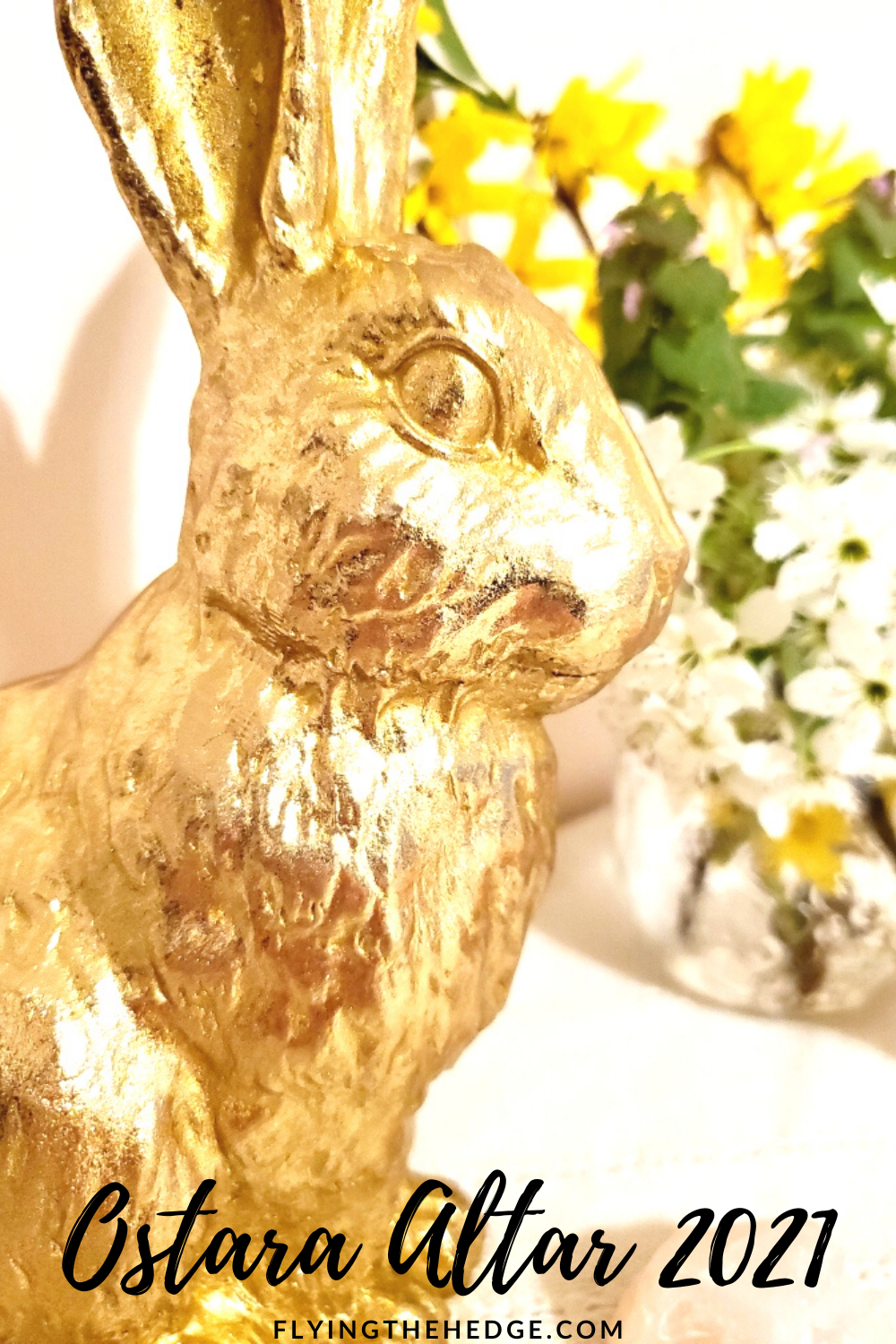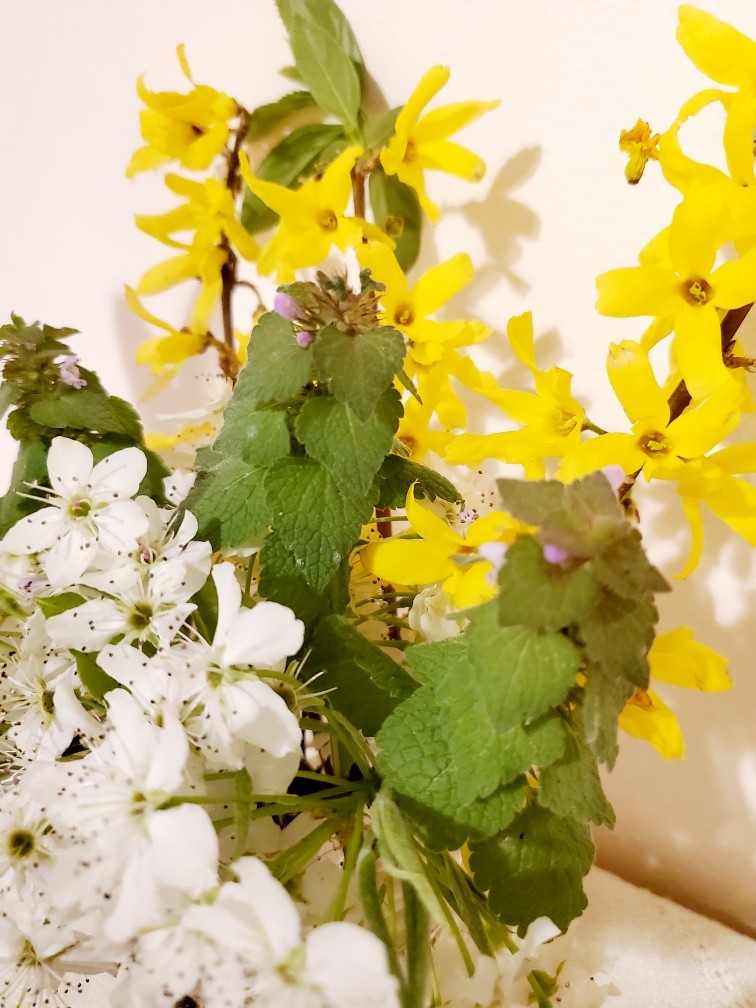Disclosure: Some of the links below are affiliate links, meaning, at no additional cost to you, I will earn a commission if you click through and make a purchase. I received a free copy of this book in exchange for an honest review.
I am back this week with another book review! I'm actually going to have a few more coming along as that is how far behind I am on reading and reviewing the books I have been sent. But I figured these are some of my most sought-after posts, so why the heck not. This book in particular took so long to read through because it requires some work on your part, but the work is totally worth it.
Ancestral Tarot: Uncover Your Past and Chart Your Future by Nancy Hendrickson is an in-depth workbook for beginning an ancestral tarot practice. As someone who works routinely with spirits and some ancestors, I found this book to be both challenging and enlightening. Hendrickson begins by introducing the reader to three types of ancestors: Blood, Place, and Time. Each ancestral type has an entire chapter devoted to them and how to work with them through tarot using a variety of spreads created by Hendrickson herself. What I loved most is that Hendrickson is writing the book as she too uses the spread, using her ancestors to guide the writing of the book. As such, you get a glimpse into her own practice, allowing you to use her real examples to help you figure out yours. I learn by seeing then doing, so having detailed accounts from Hendrickson on how she worked each tarot spread allowed me to fully understand what I was expected to do when I started drawing cards. I was so excited to get started on the spreads in the book that I purchased a new tarot deck just for ancestral tarot. Hendrickson encourages the use of clarifying cards, runes, oracle cards, and other forms of divination to help you along your journey to better understand your past so you can change your future, especially when it comes to breaking ancestral habits and healing ancestral wounds. The ancestors of time chapter struck me deeper than the other chapters for a couple of reasons. Despite ancestors of time being the most convoluted, as they include not only your past lives but the ancestors of those past lives and close friends from those past lives as well. This is a huge group of ancestors and it can be difficult to pinpoint exactly who are you talking with, but so interesting. Hendrickson discusses using DNA tests to help you figure out ancestral lines and past lives and what not and this got me thinking. When I was in high school I took AP World History. We were learning about Napoleon and I remember having vivid dreams and flashbacks to a past life. I was 15 at the time and was unsure of what I was experiencing, but I knew deep down that I was someone very close to Napoleon, someone who loved him deeply. I mourned his loss and cried during his wedding to Josephine. I have no idea who I was in relation to him, but I knew I had lived the life. A couple of years ago my mom and dad did 23 And Me. I grew up hearing about how our family came to America from Scotland and Sweden. In fact, both my mom and dad are from the same clan in Scotland, the McLaines. We are indirectly related to William Wallace, which explains the rebellious nature of my mother's side of the family. However, we were shocked to see my mother's family had French royalty. I didn't even put these two things together until reading this book and I was like, "Wait a minute..." Hopefully, it will help you put some pieces together as well.
The last few chapters deal with keeping a detailed record, looking at tarot pairs, creating a whole self mandala, and performing ancestral rituals to honor the ancestors you are working with through tarot. In these chapters Henrickson briefly mentions karma. While the concept of karma belongs to Hinduism, Hendrickson's definition really resonated with me. For her, karma isn't about you doing something good or bad and being rewarded or punished in the next life, but that your actions in the past and that of your ancestors resonate into the future in a variety of ways such as limiting beliefs, passive-aggressiveness, fear, skewed world view, etc. I feel this idea more aligns with my personal beliefs based on my work with my ancestors. The trauma experienced by my ancestors and past lives still affects me and my family today. While this may or may not be karma, I find the sentiment to be true all the same. The tarot pairs, chapter, however, was most intriguing to me. I have talked about birth pairs on the blog before, those cards that give you insight into what your purpose is in this life, but Hendrickson takes it a step further with death pairs and event pairs. According to Hendrickson, death pairs help explain what happened at and after the death of an ancestor. This can help explain some of the actions of the ancestor you encounter. What really put this into perspective for me was the death pair for Anthony Bourdain: Tower/Chariot. Considering Bourdain committed suicide, I read this has a tumultuous and unexpected death. There were several others listed that had me shaking my head like, Hendrickson is onto something! She then goes on to discuss event pairs, which are pairs for a significant event in your life that changes its course. I fully support the notion that there are events in our lives that forever change us and our future.
I really enjoy this book and working through some of the spreads. I am going to have to come back to it when I have more time to sit down with each spread and keep a detailed journal, but I definitely will. Ancestral Tarot: Uncover Your Past and Chart Your Future by Nancy Hendrickson is available now, and if you are looking to grow your ancestral practice I encourage you to pick up this book!
If you liked this post and would like to support future content, please consider leaving a small tip in the jar.













